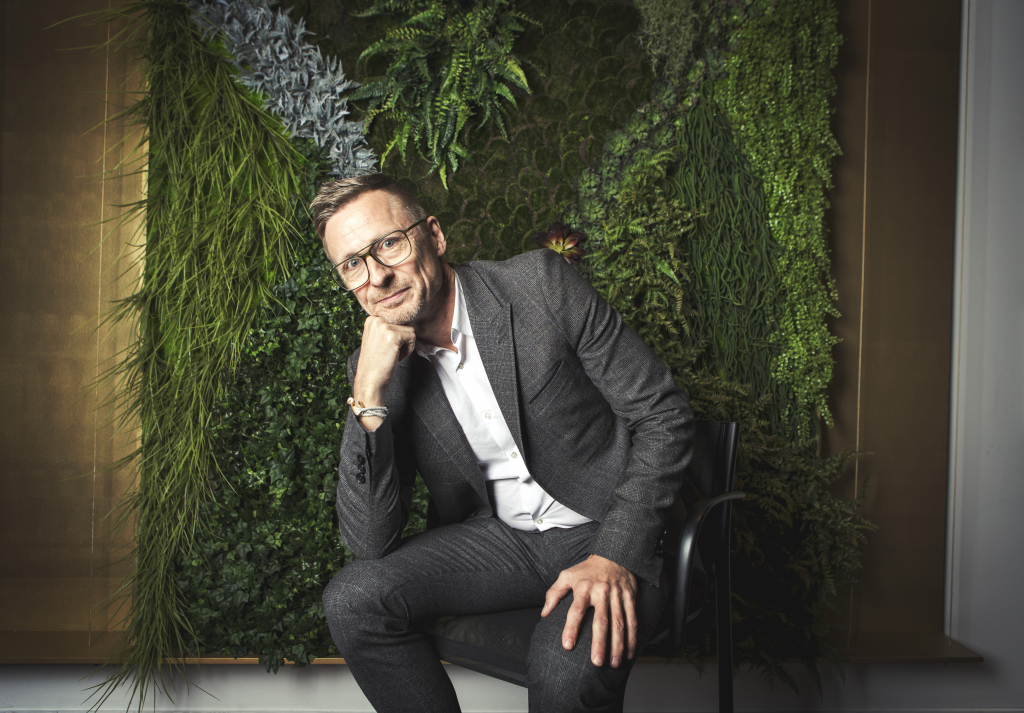- Explore us

By transforming disused railway infrastructure into a public park, the High Line rejuvenated entire neighbourhoods, changed the way many New Yorkers interact with the urban environment and quickly became one of New York’s most popular attractions. Charles Renfro of Diller Scofidio + Renfro, the architectural firm behind the High Line, shares his thoughts on how architecture can promote social values.
How can architects contribute socially?
“Architects can determine our environment more than any other single profession, and therefore, we have a lot of power over how our environment looks, feels and operates. One of our most powerful voices is in talking to our clients about future work, although I think architects should also be more involved in drafting policy and legislation. We can exert a lot more influence than we do, and try to guide others whose main motivation is profit.”
How has the High Line affected people in New York?
“What has surprised us the most is how it has taught people to slow down. New Yorkers are fast-moving people, whose lives are typically defined by the work we do, not the pleasures we seek. But the High Line is a place built around pleasure, and entices people to slow down and take in the world around them.”
What did you learn from your work with the High Line?
“One of the unintended effects is that it is so successful that it is impacting real estate values along its route, to such a degree that some local communities now feel disenfranchised. We have done a lot of soul searching about how we can address this. How can we retrospectively make the High Line something that brings benefits to all people whose lives it touches? The lesson for future projects is to think of the negative as well as the positive impact of our work, and ensure we engage with all levels of society.”
What do you think about Nordic architecture?
“I think everyone is impressed by architecture in Nordic countries: the designs, quality of craft, the detailing, and thoughtfulness of the way things go together. I was taken by the way Oslo has built its waterfront area in recent years. A lot of the dwellings are inexpensive, and the area does not feel like it’s just for wealthy people. It addresses all income levels and tries to make the city more egalitarian, rather than letting development run rampant.”
What would you like to teach the next generation of architects?
“Our work is inspiring to a lot of people because it is so outside the realm of traditional architecture. But I also always tell people that to be outside of the box, you need to know the box. It’s important to understand how ideas operate, how you can make them real, and the only way to do that is to know all the stuff that these ideas are trying to upend.”
Three places that inspires Charles Renfro
- Rio de Janeiro “A city in a country that is full of inequality, yet defiantly feels so open. Particularly on the beaches, which are democratic and visited by everyone.”
- Havana “It’s not a wealthy city but it has a spirit that transcends and defies the capitalism that the west thought it could bring, and suggests we don’t really need all that material wealth.”
- Rome “Every time I go to the Pantheon – a building that has been in continuous use for over 2000 years – it gives me faith that we can overcome all the problems that currently divide us. Rome is a testament to perseverance and human nature.”
Text: Nic Townsend Photo: Jonas Tobin
Charles Renfro participated in the Nordic Architecture Fair at Svenska Mässan in Autumn 2017.